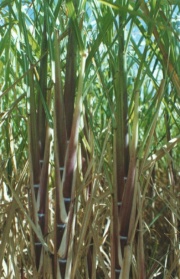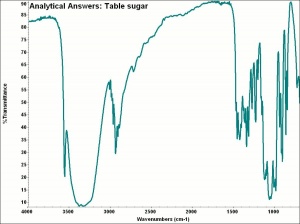Difference between revisions of "Sugar"
Jump to navigation
Jump to search
(username removed) |
m (Text replace - "== Authority ==" to "== Sources Checked for Data in Record ==") |
||
| Line 32: | Line 32: | ||
| − | == | + | == Sources Checked for Data in Record == |
* G.S.Brady, ''Materials Handbook'', McGraw-Hill Book Co., New York, 1971 Comment: p. 777 | * G.S.Brady, ''Materials Handbook'', McGraw-Hill Book Co., New York, 1971 Comment: p. 777 | ||
Revision as of 17:52, 1 May 2016
Description
A photosynthesis product in plants. Sugar is an important source of metabolic energy in foods and its formation in plants is an essential factor in the life process. A sugar is a small carbohydrate composed of one, two, or more saccharose groups. The chief monosaccharides are glucose (dextrose) and fructose (levulose). Some primary disaccharides are sucrose (from cane or beet sugar); lactose (from milk); maltose (from starch); and cellobiose (from cellulose). Table sugar is primarily composed of sucrose.
Synonyms and Related Terms
sucre (Fr.); sucrose; cane sugar; beet sugar
Other Properties
Soluble in water. Hygroscopic.
| Density | 1.59 |
|---|
Additional Information
V.Daniels, G.Lohneis, "Deterioration of Sugar Artifacts" Studies in Conservation 42:17-26, 1997.
Additional Images
Sources Checked for Data in Record
- G.S.Brady, Materials Handbook, McGraw-Hill Book Co., New York, 1971 Comment: p. 777
- Richard S. Lewis, Hawley's Condensed Chemical Dictionary, Van Nostrand Reinhold, New York, 10th ed., 1993
- The American Heritage Dictionary or Encarta, via Microsoft Bookshelf 98, Microsoft Corp., 1998
- Art and Architecture Thesaurus Online, http://www.getty.edu/research/tools/vocabulary/aat/, J. Paul Getty Trust, Los Angeles, 2000
- CRC Handbook of Chemistry and Physics, Robert Weast (ed.), CRC Press, Boca Raton, Florida, v. 61, 1980



